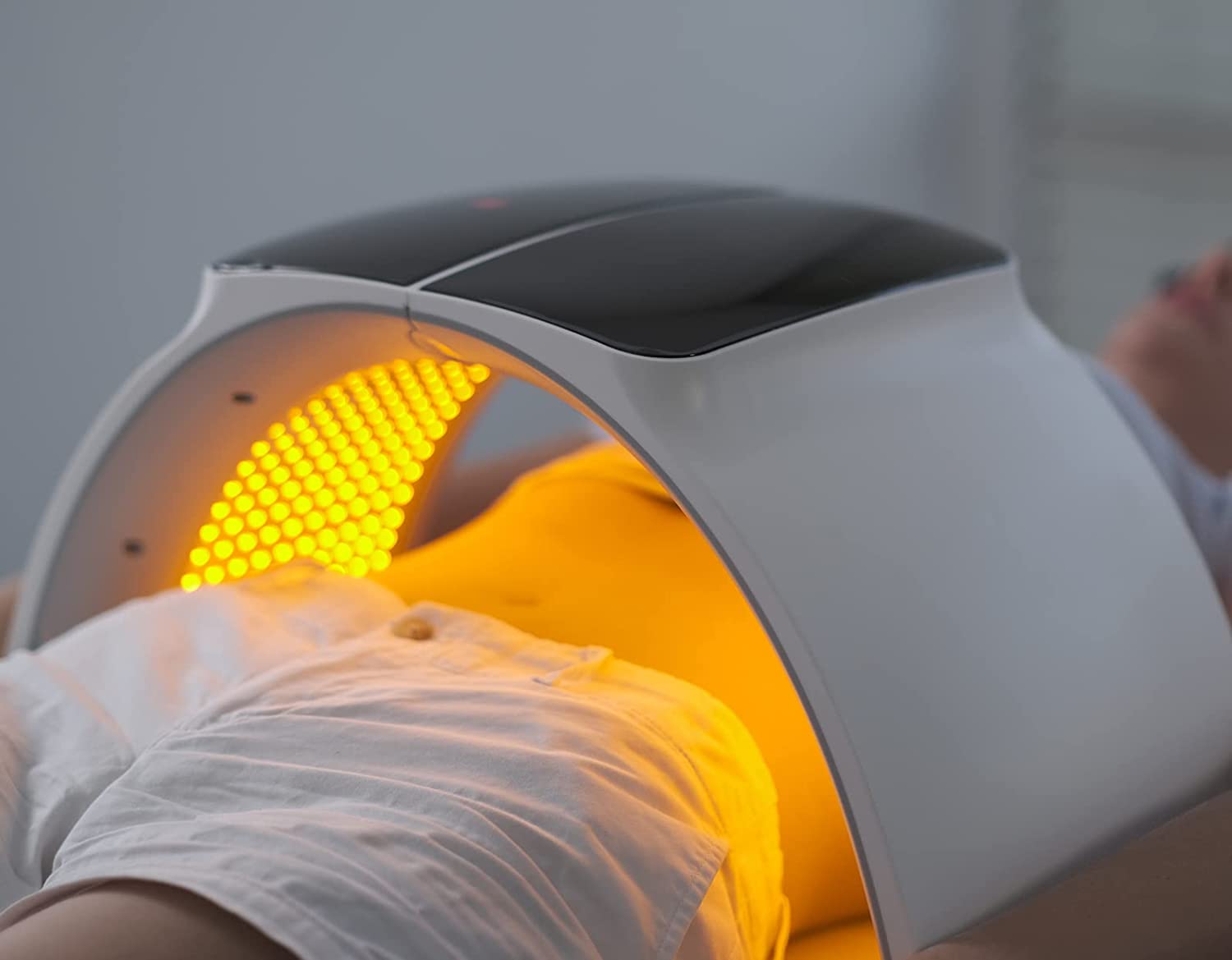Unlock the Secrets: How Red Light Therapy Panels Can Transform Your Health and Wellness!
In recent years, red light therapy has surged in popularity, capturing the attention of health enthusiasts and wellness practitioners alike. This innovative treatment utilizes specific wavelengths of red light to penetrate the skin and stimulate cellular processes. Red light therapy panels, designed for at-home use or professional settings, are becoming essential tools for those seeking to enhance their well-being. Understanding how these panels work and the myriad of benefits they offer is crucial for anyone interested in optimizing their health. Join us as we delve into the fascinating world of red light therapy and explore its transformative potential.

Understanding Red Light Therapy
Red light therapy is a non-invasive treatment that harnesses the power of low-level wavelengths of red light, typically ranging from 600 to 700 nanometers. At this wavelength, the light penetrates the skin, reaching the mitochondria, the powerhouse of cells. The energy from the light stimulates the production of adenosine triphosphate (ATP), which is essential for cellular energy and function. Various types of red light therapy panels are available, including handheld devices for targeted areas and larger panels designed for full-body treatments. Each type can be used in different settings, from personal wellness routines to professional therapy sessions. The science behind red light therapy is supported by numerous studies indicating its efficacy in promoting healing, reducing inflammation, and improving overall cellular function.
Benefits of Red Light Therapy Panels
The benefits of red light therapy panels extend across multiple health domains. One of the most celebrated advantages is skin rejuvenation, where users report improved skin tone, reduced wrinkles, and healing of acne scars. A study published in the Journal of Cosmetic and Laser Therapy demonstrated that red light therapy significantly accelerated the healing process of skin lesions and improved skin complexion. Beyond aesthetics, red light therapy is effective in pain relief, especially for conditions like arthritis and chronic pain. Research has shown that the therapy helps reduce inflammation and promotes faster recovery from injuries by enhancing blood circulation and oxygenation in tissues. Additionally, athletes are increasingly incorporating red light therapy into their recovery routines, as it aids in muscle recovery and enhances performance. These benefits are not merely anecdotal; they are backed by scientific findings, showcasing the therapy's transformative potential.
Applications in Health and Wellness
Red light therapy panels have diverse applications within health and wellness routines. In the realm of skincare, many users have integrated these panels into their daily regimens, often reporting visible improvements within weeks. For athletes, red light therapy is becoming a staple in training programs, facilitating quicker recovery from strenuous workouts and enhancing endurance. Rehabilitation settings also utilize these panels, assisting patients in healing from injuries more efficiently. Friends of mine who are fitness enthusiasts have shared their positive experiences with red light therapy, noting how it has helped them recover faster from injuries and maintain optimal performance levels. Beyond these applications, many individuals are exploring red light therapy as a means of enhancing overall wellness, utilizing it for stress relief and improved sleep quality, further exemplifying its versatility.
Safety and Considerations
While red light therapy panels are generally considered safe, it is essential to be aware of potential side effects and contraindications. Some individuals may experience mild skin irritation or redness after use, particularly if they have sensitive skin. It is advisable for anyone with underlying health conditions or those who are pregnant to consult with a healthcare provider before starting therapy. When selecting a red light therapy panel, consider factors such as the wavelength, intensity, and treatment area. It's crucial to follow the manufacturer's guidelines for usage to maximize benefits and minimize risks. With the right precautions and informed choices, users can confidently integrate red light therapy into their health and wellness practices.
Transformative Potential of Red Light Therapy
In summary, red light therapy panels offer a wealth of benefits that can transform health and wellness routines. From skin rejuvenation and pain relief to enhanced athletic performance and recovery, the potential applications are vast and varied. As we continue to uncover the science behind this innovative therapy, it becomes increasingly clear that incorporating red light therapy into our lives could lead to substantial improvements in our overall well-being. As always, it is prudent to consult with health professionals when considering new treatments. Embracing red light therapy could be the key to unlocking a healthier, more vibrant you!
